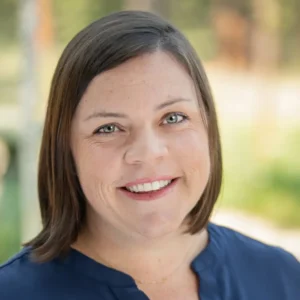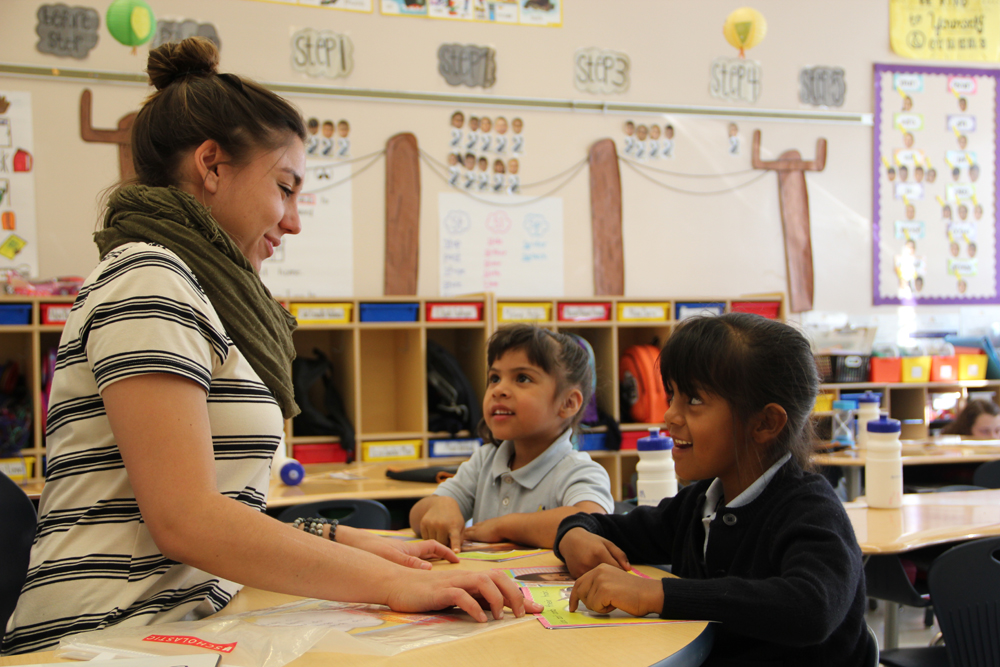Comprehensive New Achievement Gap Data Highlights the Importance of Our Work
One of the most comprehensive analyses ever undertaken of test score data from across the nation lays bare yawning achievement gaps between rich and poor students, as well as white students and students of color.
While this may not come as a huge surprise, given attention focused on the achievement gap in recent years, the sheer scope of the Stanford University study adds weight to arguments that racial and socioeconomic school segregation are exacerbating educational inequities that threaten our economic well-being.
Stanford researchers surveyed data from roughly 200 million standardized math and reading tests taken between 2009 and 2012 in all 50 states. One jaw-dropping statistic: They found that sixth graders in the nation’s wealthiest and poorest school districts are four grade levels apart as measured by test scores.
Before diving into the findings and our takeaways, it’s important to note that there are schools in Colorado breaking this mold. Indeed, some schools, including Rocky Mountain Prep (RMP), the Denver School of Science and Technology (DSST), and KIPP have strong records of producing high-achieving students in some of Denver’s lowest income neighborhoods. For example, at Rocky Mountain Prep, roughly 85 percent of students qualify for free and reduced lunch – the federal measure of poverty. Yet RMP boasted some of the highest PARCC scores in Denver Public Schools in 2015. And both KIPP and DSST scored highly on the state’s Student Performance Framework (see chart comparing high schools), despite having more than 90 percent and 70 percent of students qualify for free and reduced lunch, respectively. In other words, demographics do not equal destiny – if we don’t let them.
Key Takeaways and Perspective
The Stanford data are so comprehensive and far-reaching that it’s hard to decide which tidbits to pick out. But here are a few that caught our attention, along with our takeaways;
- Some of the wealthiest districts in the country, located in university towns, have some of the widest achievement gaps. Researcher Sean Reardon told The Atlantic magazine that in such towns, affluent parents, many of them academics with PhDs, have stratospheric expectations of their children and the resources to provide them with a variety of enrichment activities, like robotics clubs, ballet, etc. Meanwhile, lower-income families in these communities struggle to afford pricey programs for their kids.
- This makes access to technology and curriculum relevant to the ever-growing innovation of the 21st century critically important for all students. Providing students access to a more personalized education and technology can revolutionize educational opportunity and not limit enrichment to only those who can afford extra. The expansion of P-TECH schools in Colorado districts such as Adams 12 and Falcon 49 is just the beginning of what technology can bring alive for students. At these free, open public schools, every student has access to the technology and rigorous curriculum that will prepare them for in-demand jobs and post-secondary opportunities.
- White students outperform students of color even in places where students share similar socioeconomic backgrounds and attend the same or similar schools. Researchers speculate that the findings of a recent Vanderbilt University study may help explain this. That study found that schools routinely underestimate the abilities of students of color. According to the study, black third graders are half as likely as whites to be included in programs for the gifted, and the numbers are similar for Latino students.
- Many urban districts in Colorado land just about where you’d expect them to end up on a graph that plots achievement against parent income. They neither over-perform nor underperform similar districts.
- This makes it all the more remarkable that public charter schools like RMP, KIPP, and DSST continue to produce high-achieving students from the same demographic groups that often struggle in urban traditional public schools.
- In its story about the Stanford study, The New York Times points out that high-poverty schools end up in a self-perpetuating spiral of mediocrity. They struggle to attract and retain high-quality teachers, they offer far fewer rigorous courses like Advanced Placement, and because most parents lack the resources to help augment the school budget, they offer fewer art, music, and enrichment programs than more affluent schools.
- Ensuring that all students have access to high-quality educators and rigorous curriculum is increasingly important and will continue to be our focus as Colorado moves into the new education law, the Every Student Succeeds Act (ESSA).
So despite the study’s sobering findings, all is not lost. Intentional and concerted efforts to offset these realities can make a measurable difference in fairly short order. Unfortunately, success stories, like the ones mentioned above, seem to be one-offs rather than systemic in nature.
It’s clear from this study that defending the status quo is to defend condemning large swaths of our students to academic and economic inferiority. We believe strongly that giving Colorado families and students access to choice, including innovative, rigorous, and relevant education that includes multiple pathways to higher education and career opportunity, is what our state and nation needs to produce the citizens the 21st century requires. And we will continue to shine a light on the places across Colorado that are closing these gaps. As this comprehensive study shows us, it’s more important than ever that choice and innovation are accessible to all Colorado students and not just those with socio-economic advantages.

